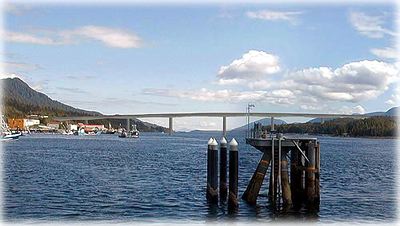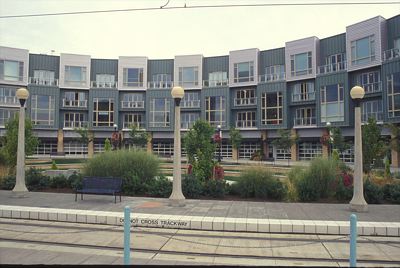Here are some heartwarming examples of how public transit helps build a sense of community as compared with those soul-destroying automobiles.
A family of tourists got on a Portland light-rail train looking forward to a day of seeing all the sights that can be seen within walking distance of one of Portland’s rail lines. But then they heard someone shouting “the foulest of epithets” in the back of the car.
The shouter moved closer to them, pulled a collapsible rifle out of a duffle bag and quickly assembled it while muttering something about “not appreciating” the fact that another passenger had told him he shouldn’t bring a gun on board. Everyone held their breath, but nothing more happened until the next stop, when a uniformed officer escorted the man off the train.









